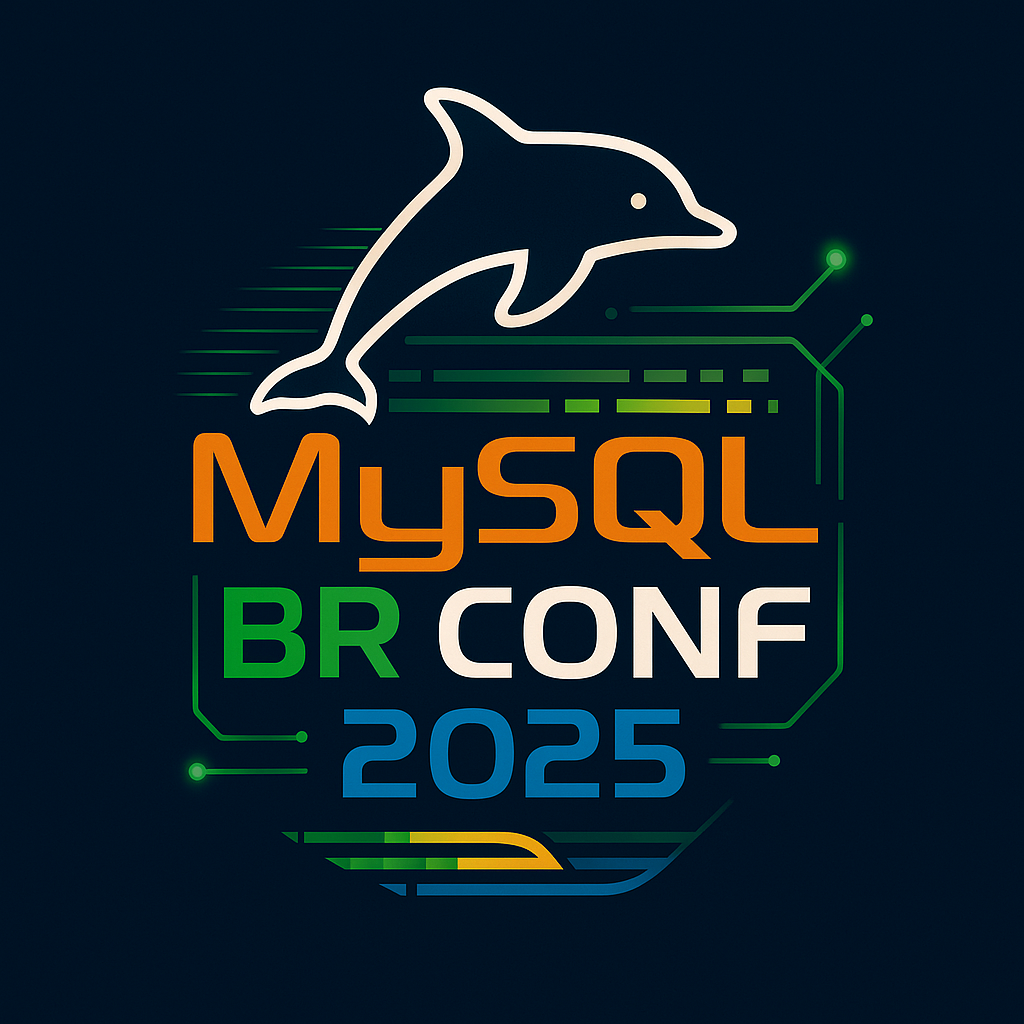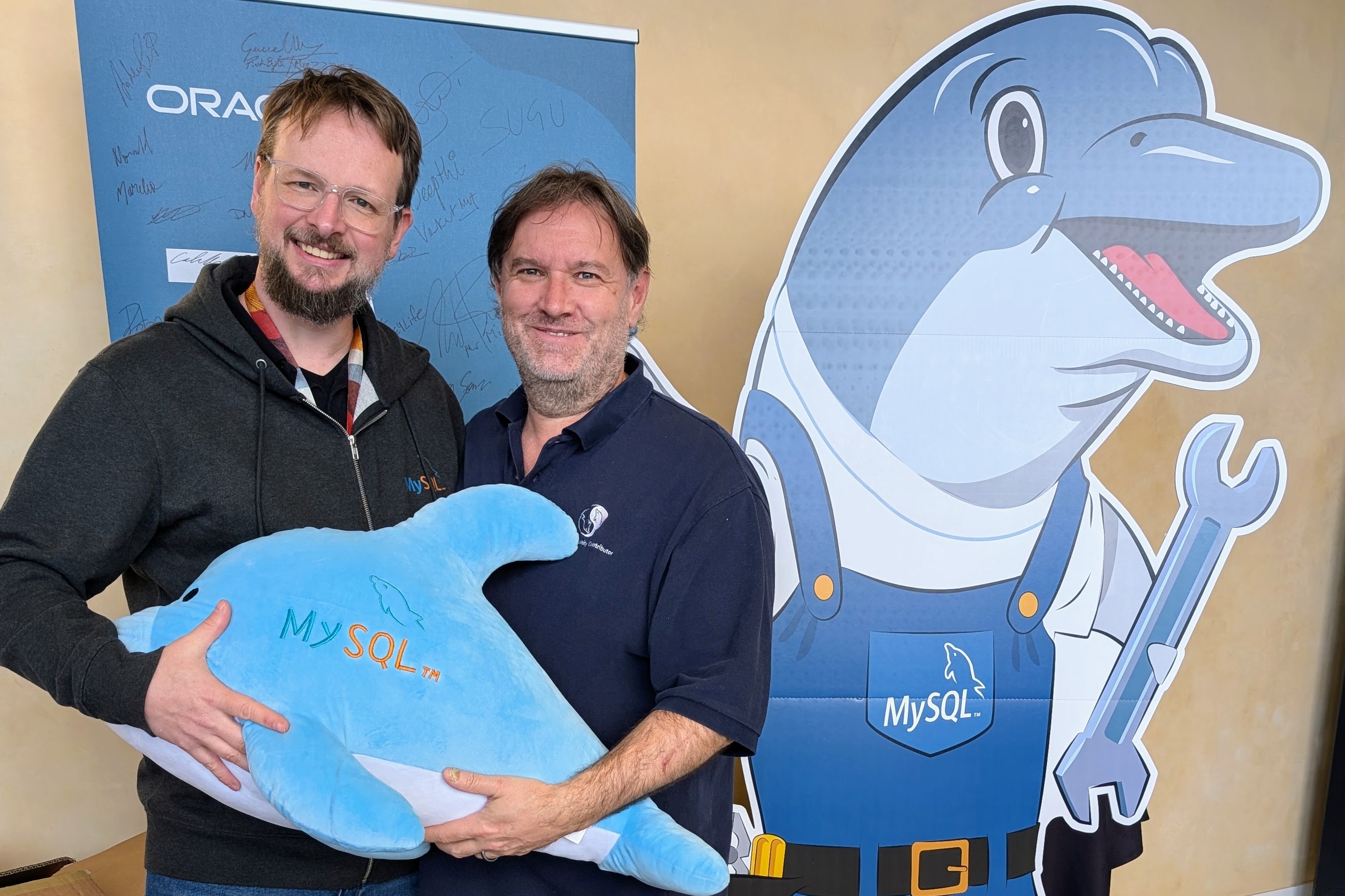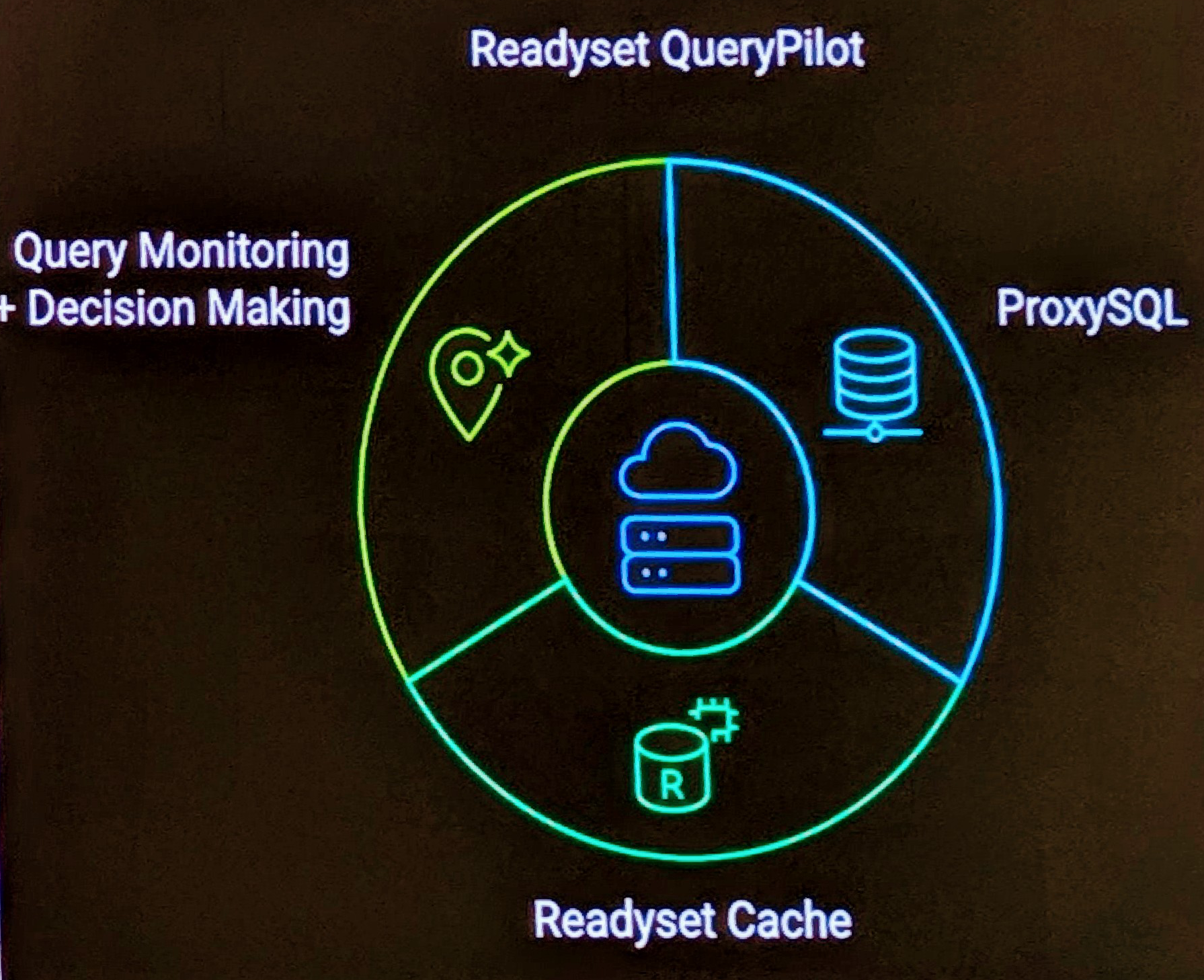I took the chance today to order some books from Amazon today to add to the library. Of course I’m still reading 2 current books Spring in Action and the MySQL Certification Study Guide in order to site the second MySQL Professional Certification Exam.
As with most things, you start off looking or reading on the web for something and you end up completely somewhere else. In this case, it was looking at Linux Software Labs (Australia) at the price of their Linux Distribution CD’s, which lead me to the book Beyond Java listed on their site. Called my local computer book store, but not being open (Boxing Day Public Holiday), lead me to go, “well I’ve been meaning to order some books from Amazon”, what were they again. So this lead me to coming up with a whole new list, and I figured for the cost of freight to Australia, I may as well order a few. So here is what I got.




Better, Faster, Lighter Java, MySQL (3rd Edition) (Developer’s Library) , High Performance MySQL,and of course Beyond Java.
The hard part now being the waiting 6-10 days.


